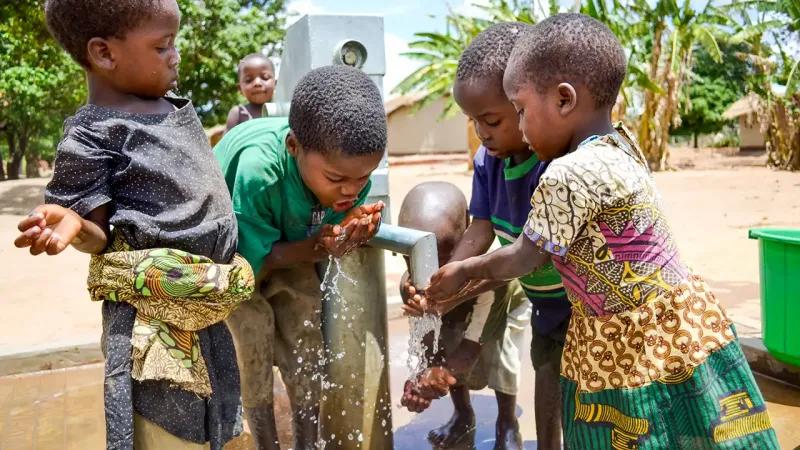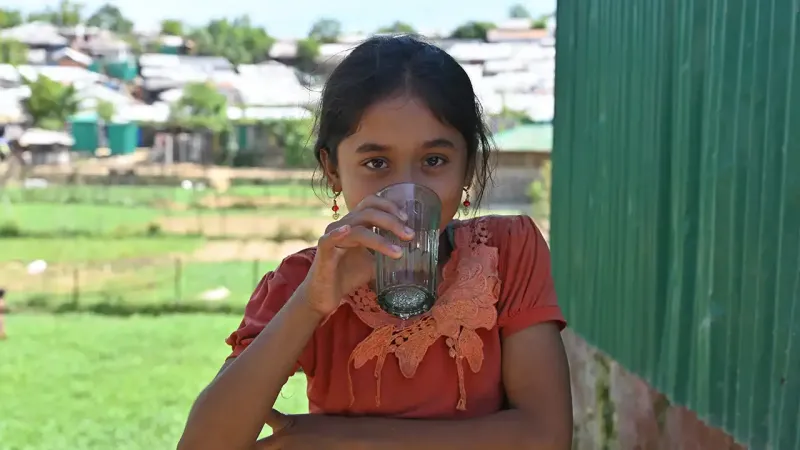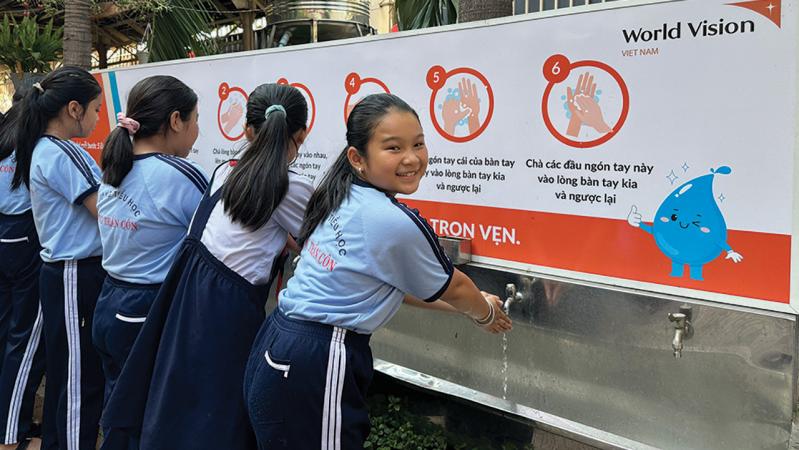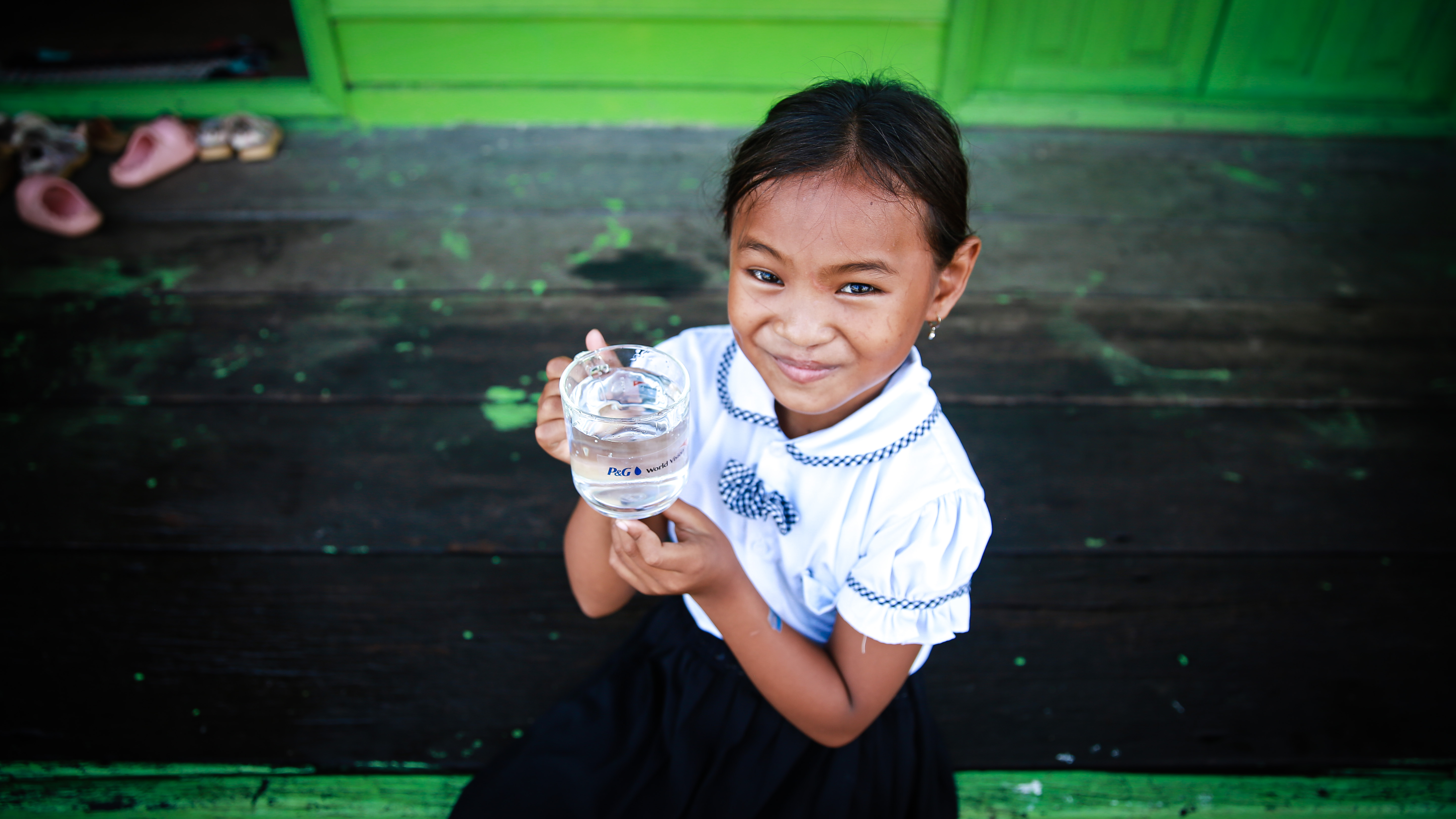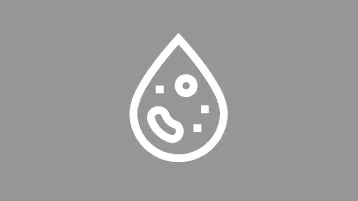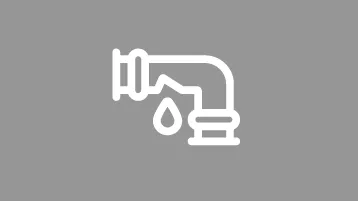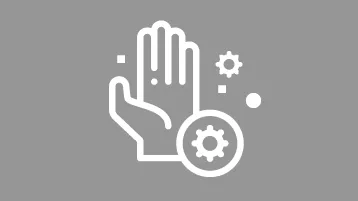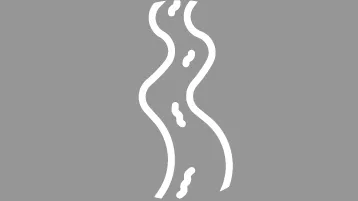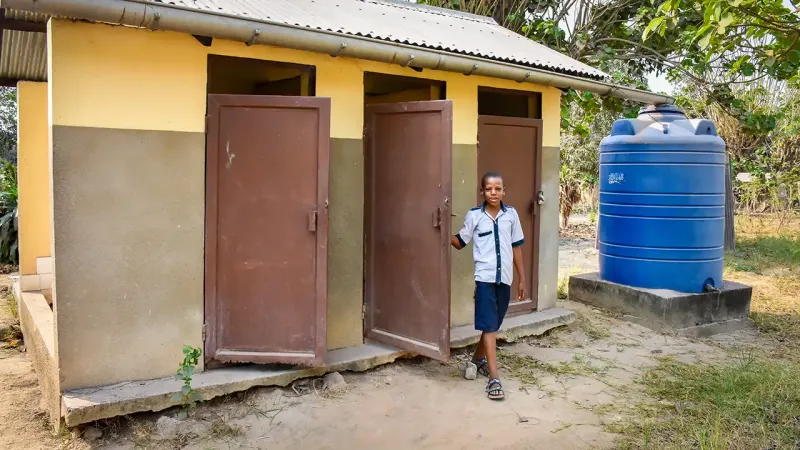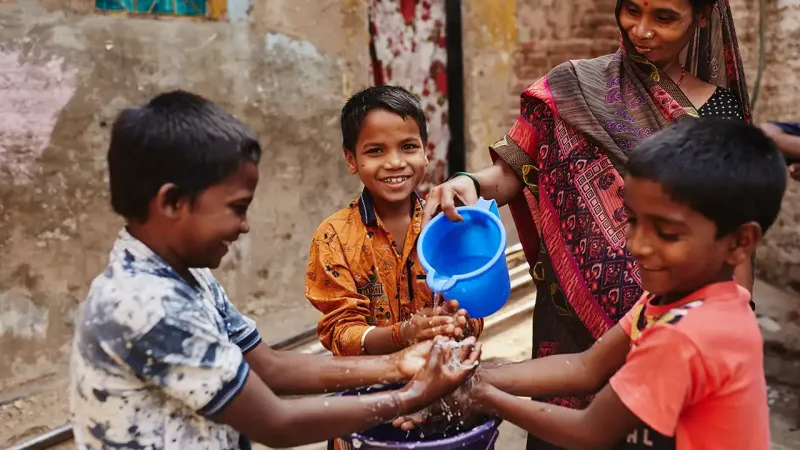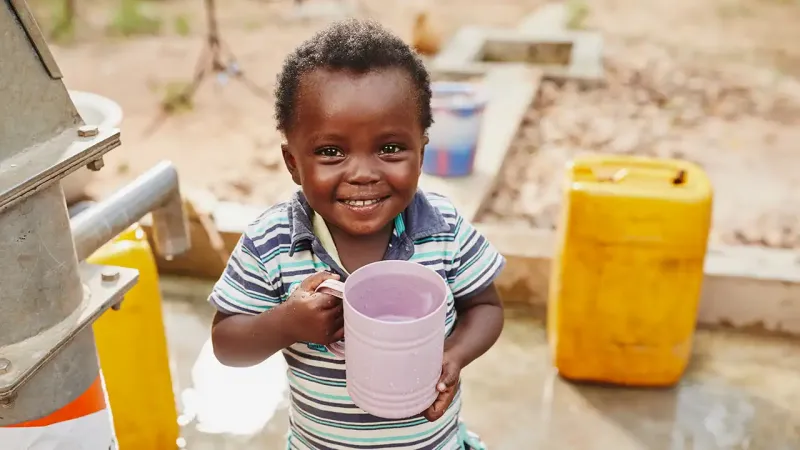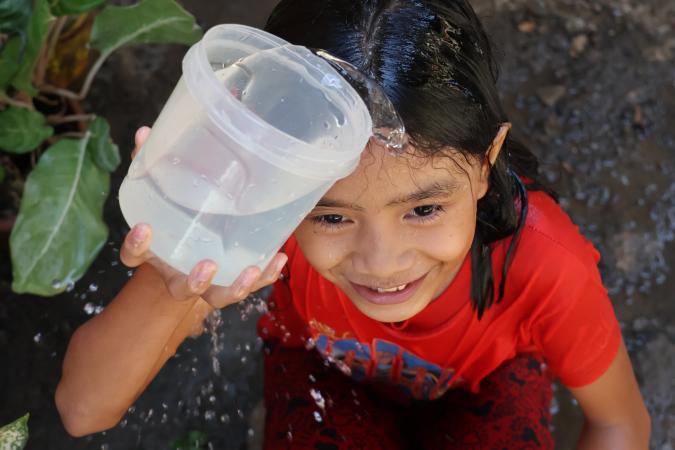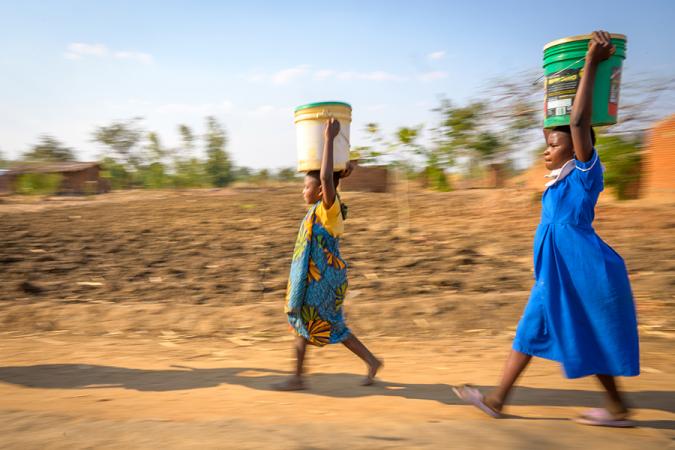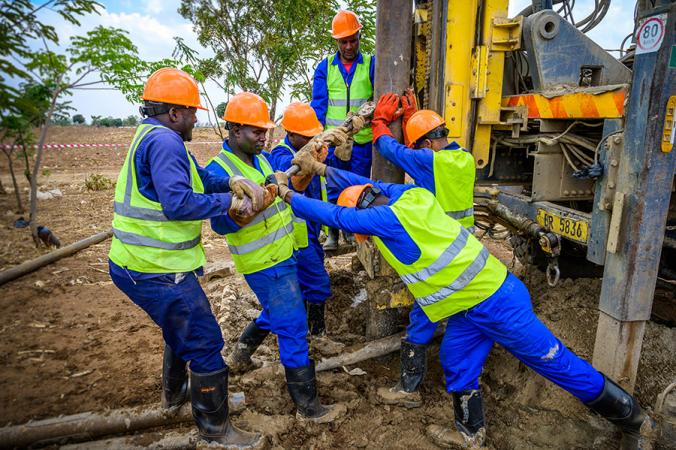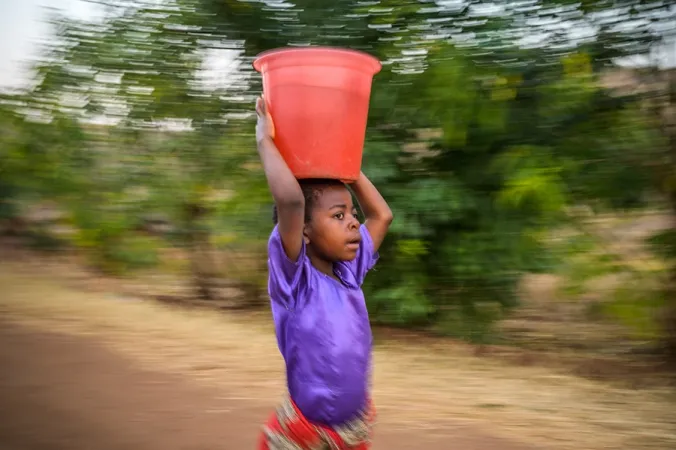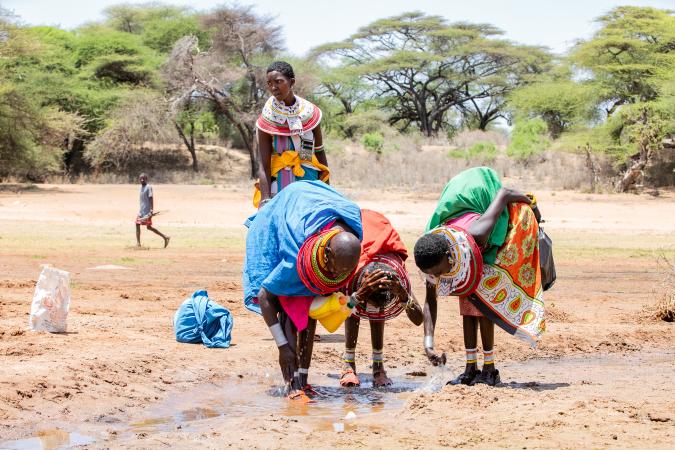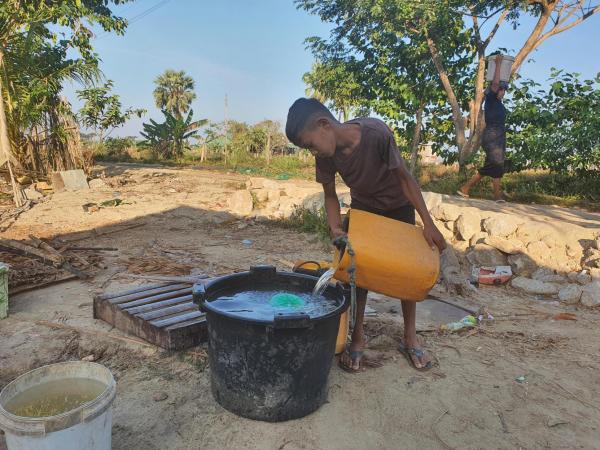Clean Water is Life
World Vision works alongside communities to build water and sanitation systems that bring clean water closer to home. We also train children and families in hygiene practices. Clean water is a basic necessity, not a luxury. Every child deserves clean water and a healthy environment.
It's More Than Water. It's Life.
Every day around the world, the lack of clean water takes the lives of 1,000 children younger below the age of five. Nearly one-third of all primary schools don’t have proper drinking water facilities. For many women and children, time spent fetching water takes away moments that could be spent on education and livelihoods.
For children living in poverty, clean water also means freedom – freedom from waterborne diseases, long treks to fetch water, and lost opportunities.
Clean Water & Sanitation Fund
Join us in bringing clean water and sanitation to 99,748 people including 30,194 children in 2025. Your support to the Clean Water & Sanitation Fund will enable us to provide clean water and improved sanitation through our intervention projects in these countries:
Challenges Children Face
World Vision's Work
We provide communities with sustainable clean water, sanitation, and hygiene solutions that open doors to health and lasting change.

